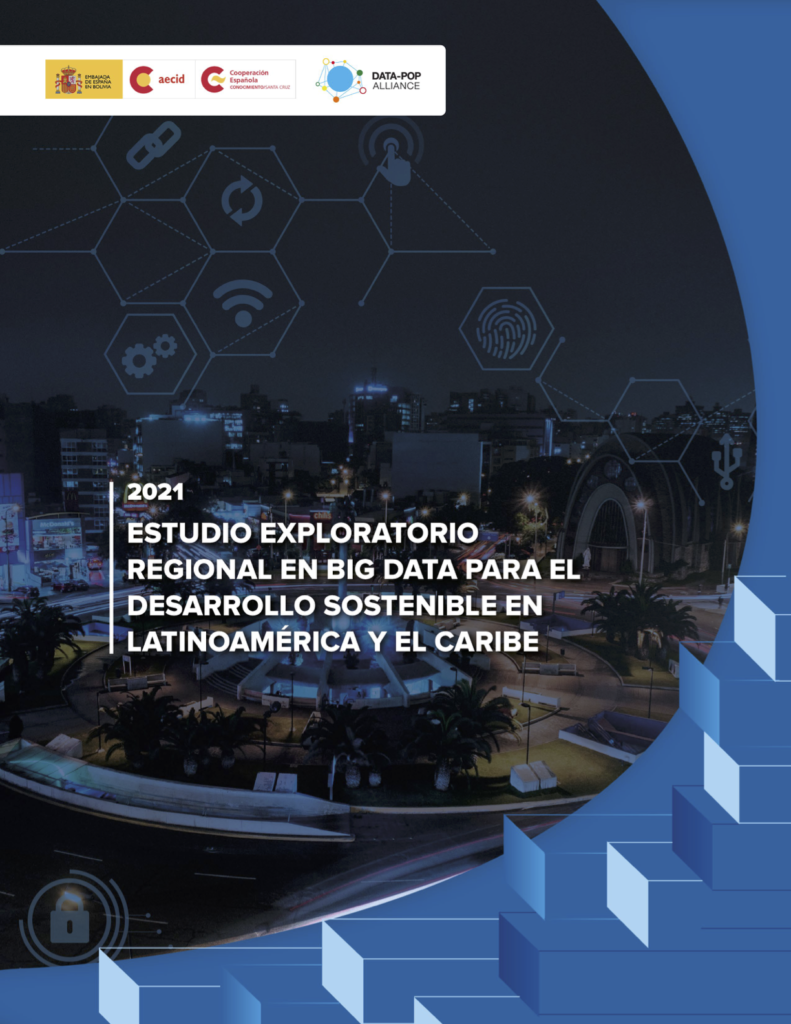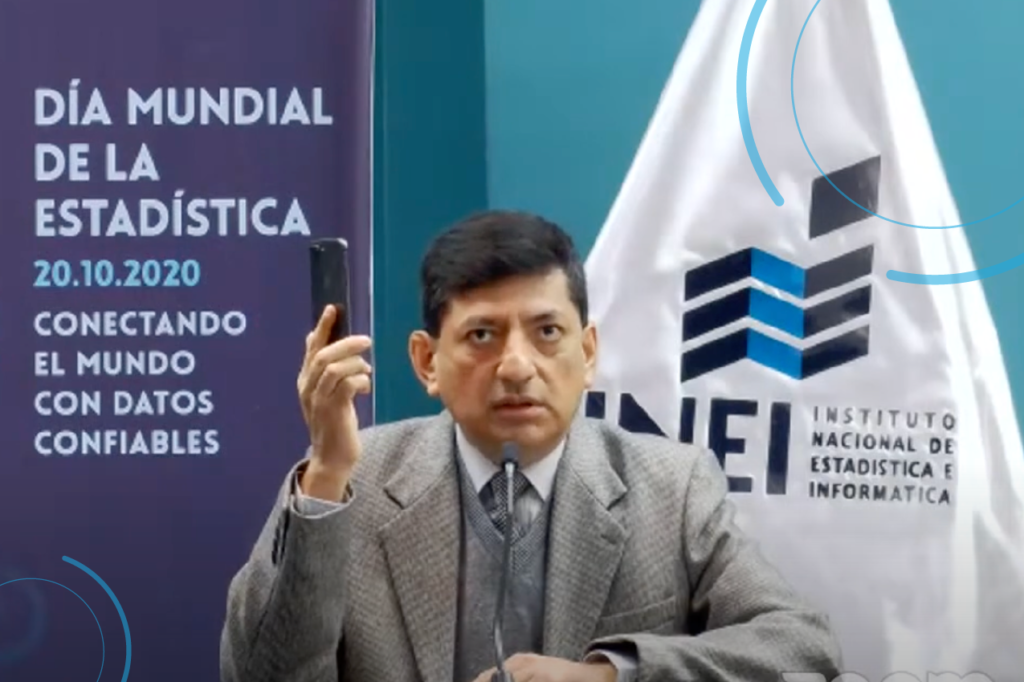Peru
34
Population 2023 (Millions)
0.8
HDI Score
2022 (Max. 1)
71.9
SDG Score
2023
(Max. 100)
0.4
Gender Inequality
Index Score
(Max. 1)
42
Internet Inclusivity
Index 2022
(100 countries)
Overview
Projects

- Partner(s): Agencia Española de Cooperación Internacional para el Desarrollo (AECID) (Funder), Centro de Formación de la Cooperación Española en Santa Cruz, Bolivia
This project developed with the support of the Spanish Agency for International Development Cooperation (AECID), strengthened the technical capacities of government officials in Latin America and the Caribbean to take advantage of Big Data for sustainable development and official statistics. During the first phase of the project, through an exploratory study (see Publication below), we analyzed the current state of the infrastructure, institutional framework, regulatory framework, capacities and use cases of Big Data for the generation of public policies in 5 LAC countries: Bolivia, Dominican Republic, El Salvador, Guatemala and Peru.
The second phase focused on developing four capacity building workshops between June 2022 and March 2023.
- Introduction to Big Data for Sustainable Development
- Big Data and Poverty Analysis for Sustainable Development
- Big Data and Health Analysis for Sustainable Development
- Big Data, Security and Violence for Sustainable Development
This training itinerary provided participants with a comprehensive knowledge of the key concepts, the necessary tools and the main challenges of Big Data for sustainable development, with a special emphasis on the applicability of these data sources for statistical purposes.

- Partner(s): Instituto Nacional de Estadística e Informática de Perú - INEI (Funder)
This two-day online workshop with government officials from the National Institute of Statistics and Informatics (INEI) in Peru and other public agencies sought to strengthen institutional capacities for the improvement of the national statistical system, particularly by leveraging non-traditional sources of data in administrative reports to measure different indicators of the Sustainable Development Goals (SDGs) towards the achievement of the 2030 Agenda.

- Partner(s): Inter-American Development Bank (Funder)
This project aimed to support the Inter-American Development Bank (IDB) in preparing for the IDB Andean Summit event held on November 29, 2018, in Quito, Ecuador. A study was generated that identified new Big Data tools being developed and/or used by academic institutions, international organizations, and the public or private sector that would concretely benefit current and future IDB projects. Based on DPA’s experience, the consultancy’s goal was to contribute to the IDB’s knowledge, identification, and capabilities regarding available technological tools that provided observable material improvements at different stages of current or future projects. The study focused on IDB projects in five countries in the region: Bolivia, Colombia, Ecuador, Peru, and Venezuela.

- Partner(s): WhereIsMyTransport (Funder)
Female and male commuters utilize public transportation differently, yet not enough is known about women’s commuting experiences and challenges. In countries such as Mexico and Peru, gendered perspectives in public policy are starting to be considered, but public action remains insufficient. Together with the socially-focused company WhereIsMyTransport, DPA collected data via online surveys that reflects the issues faced by women transportation users in Mexico City, Mexico and Lima, Peru. The resulting paper highlighted the findings and provided actionable recommendations to empower female commuters and promote gender equality.
